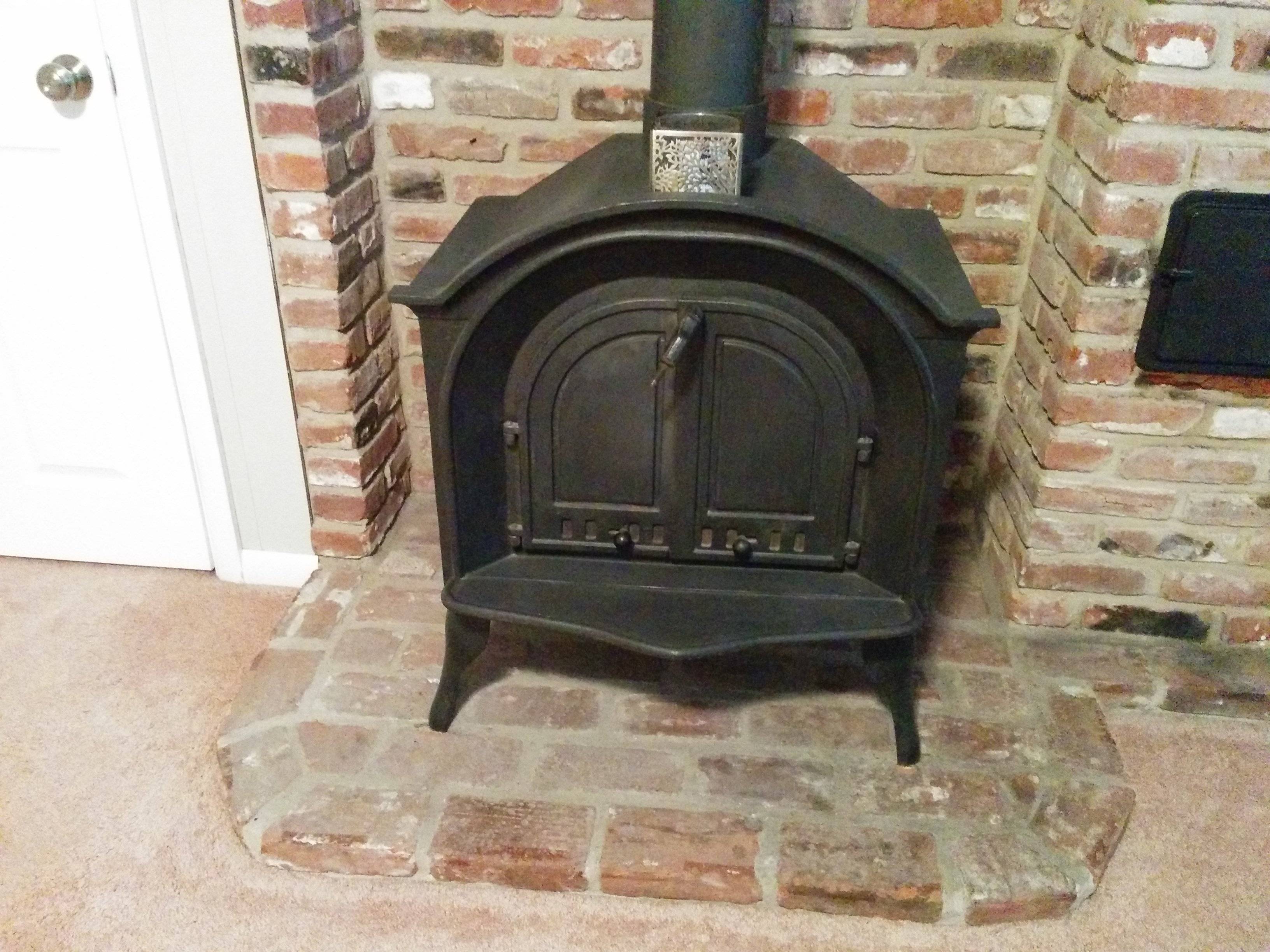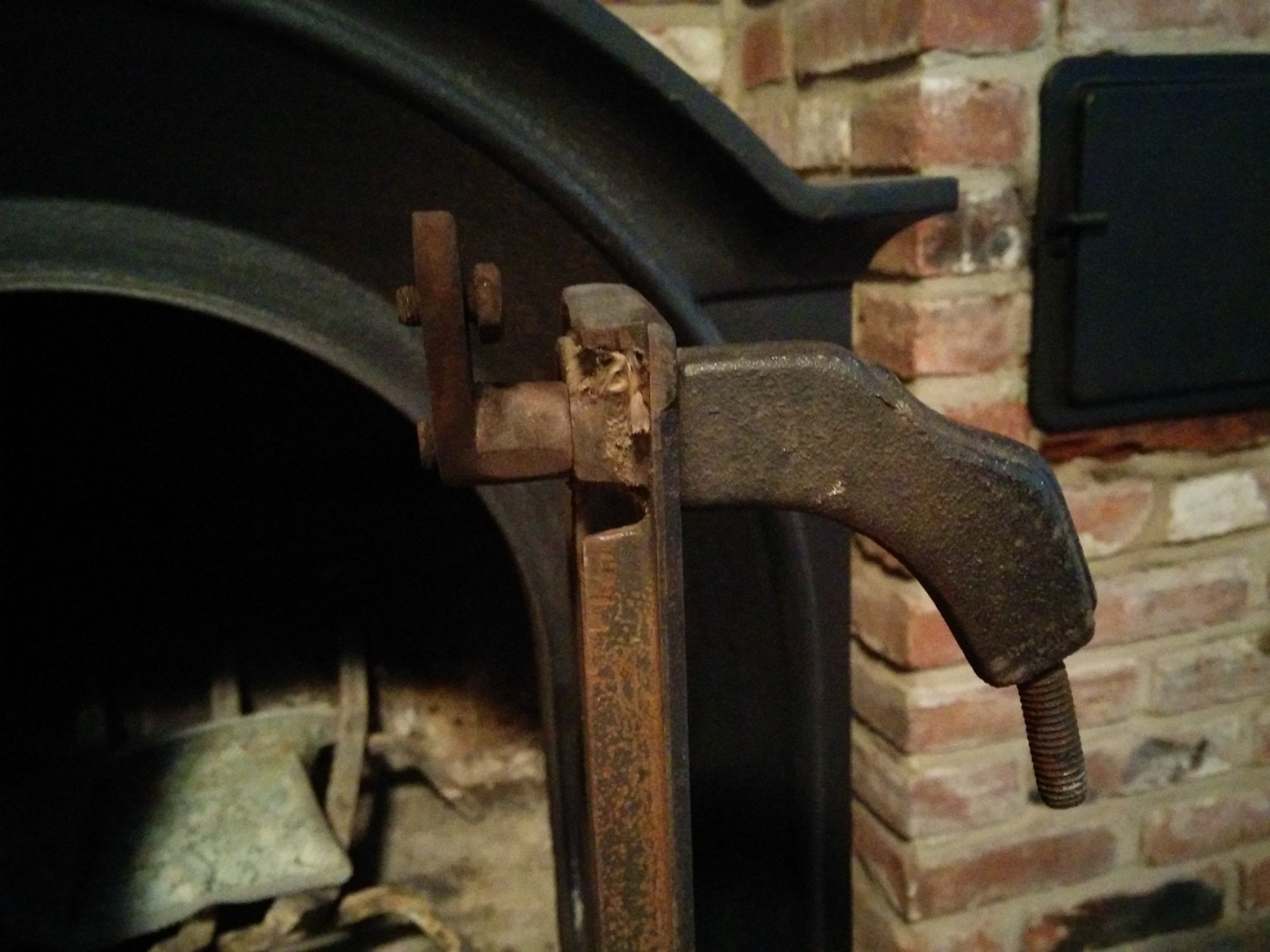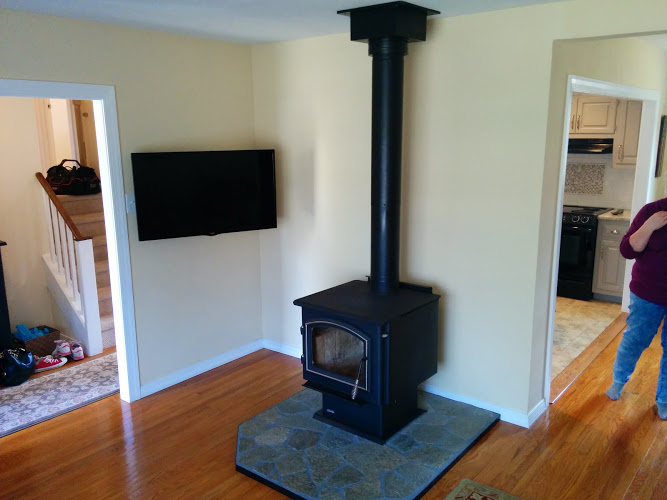We just purchased this house, so i'm not sure how old this stove is (my apologies if its not older than 1993, but the home is from 1957, so I figured it would be).
Yesterday I got the latch stuck and broke the handle trying to get the stove open. It was made of some kind of polymer/plastic and threaded onto the arm/latch mechanism, as you can see in the photos.
I just want to replace the handle. I'm not sure if I can find a threaded handle somewhere online, or if I have to replace the entire arm. Any advice is greatly appreciated.
Thanks!
(sorry for the image size. i'm not sure how to shrink them down)


Yesterday I got the latch stuck and broke the handle trying to get the stove open. It was made of some kind of polymer/plastic and threaded onto the arm/latch mechanism, as you can see in the photos.
I just want to replace the handle. I'm not sure if I can find a threaded handle somewhere online, or if I have to replace the entire arm. Any advice is greatly appreciated.
Thanks!
(sorry for the image size. i'm not sure how to shrink them down)




